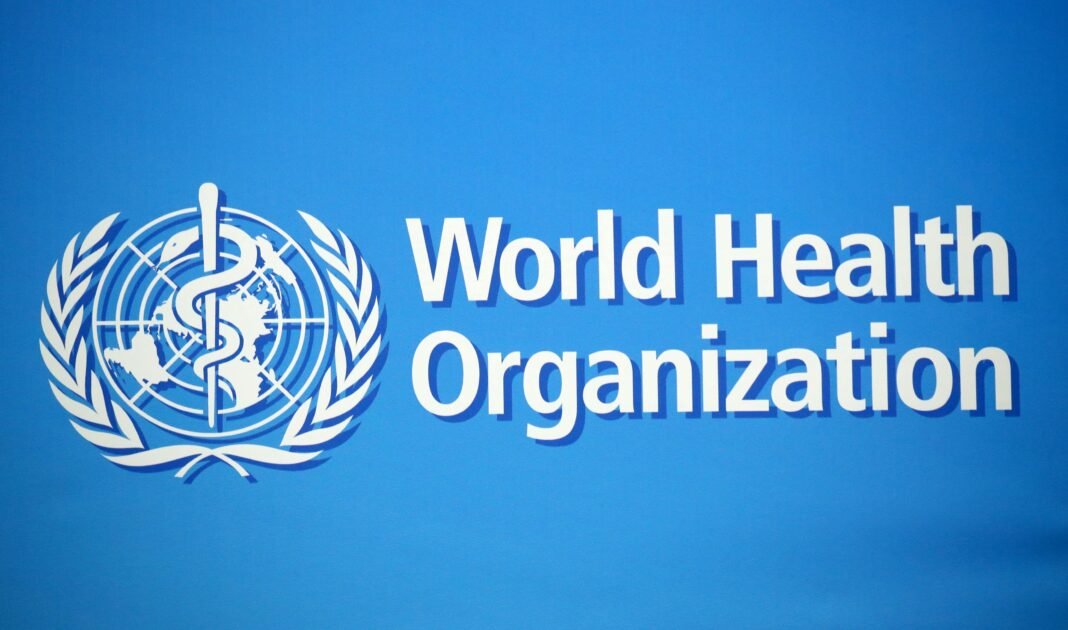Reported by the New York Times, Global Research and other global media, one of the most widely used test to detect COVID-19 may be so flawed that hundred thousands of COVID-19 positive tests should be declared invalid. The problem has been known for many months but continues.
- A 97 false positive reading for the most common tests used to detect COVID-19 is a crime, some experts say
- Tourism Destinations like Hawaii rely on a flawed test for visitors to avoid quarantine.
- Millions have been tested with a test WHO says no was flawed
Travel Destinations like Hawaii require a Rapid Point-of-Care (POC) Test and RT-PCR Diagnostic Panel. These are both nucleic acid amplification tests (NAAT) and thus both test types are approved by the state of Hawaii.
The Real-Time Reverse Transcription Polymerase Chain Reaction (rRT-PCR) test was adopted by the World Health Organization on January 23, 2020 as a means to detecting the SARS-COV-2 virus, following the recommendations of a Virology research group (based at Charité University Hospital, Berlin), supported by the Bill and Melinda Gates Foundation.
Exactly one year later on January 20th, 2021, the WHO retracts. They don’t say “We Made a Mistake”. The retraction is carefully formulated.
While the WHO does not deny the validity of their misleading January 2020 guidelines, they nonetheless recommend “Re-testing” (which everybody knows is an impossibility).
The contentious issue pertains to the number of amplification threshold cycles (Ct). According to Pieter Borger and others.
The number of amplification cycles [should be] less than 35; preferably 25-30 cycles. In the case of virus detection, >35 cycles only detect signals which do not correlate with infectious virus was determined by isolation in cell culture.
The World Health Organization (WHO) tacitly admits one year later that ALL PCR tests conducted at a 35 cycle amplification threshold (Ct) or higher are INVALID. But that is what they recommended in January 2020, in consultation with the virology team at Charité Hospital in Berlin.
If the test is conducted at a 35 Ct threshold or above (which was recommended by the WHO), the virus cannot be detected, which means that ALL the so-called confirmed “positive cases” tabulated in the course of the last 14 months are invalid.
According to Pieter Borger, Bobby Rajesh Malhotra, Michael Yeadon, the Ct > 35 has been the norm “in most laboratories in Europe & the US”.
Below is the WHO’s carefully formulated “Retraction”. The full text with link to the original document is in annex:
WHO guidance Diagnostic testing for SARS-CoV-2 states that careful interpretation of weak positive results is needed (1). The cycle threshold (Ct) needed to detect the virus is inversely proportional to the patient’s viral load. Where test results do not correspond with the clinical presentation, a new specimen should be taken and retested using the same or different NAT technology. (emphasis added)
WHO reminds IVD users that disease prevalence alters the predictive value of test results; as disease prevalence decreases, the risk of false-positive increases. This means that the probability that a person who has a positive result (SARS-CoV-2 detected) is truly infected with SARS-CoV-2 decreases as prevalence decreases, irrespective of the claimed specificity.
“Invalid Positives” is the Underlying Concept
This is not an issue of “Weak Positives” and “Risk of False Positive Increases”. What is at stake is a “Flawed Methodology” which leads to invalid estimates.
What this admission of the WHO confirms is that the estimate of covid positive from a PCR test (with an amplification cycles of 35 cycles or higher) is invalid. In which case, the WHO recommends retesting: “a new specimen should be taken and retested…”.
That recommendation is pro-forma. It won’t happen. Millions of people Worldwide have already been tested, starting in early February 2020. Nonetheless,we must conclude that unless retested, those estimates (according to the WHO) are flawed.
From the outset, the PCR test has routinely been applied at a Ct amplification threshold of 35 or higher, following the January 2020 recommendations of the WHO. What this means is that the PCR methodology as applied Worldwide has in the course of the last 12-14 months led to the compilation of faulty and misleading Covid statistics.
And these are the statistics that are used to measure the progression of the “pandemic”. Above an amplification cycle of 35 or higher, the test will not detect the virus. Therefore, the numbers are meaningless.
It follows that there is no scientific basis for confirming the existence of a pandemic.
Which in turn means that the lockdown / economic measures which have resulted in social panic, mass poverty and unemployment (allegedly to curtail the spread of the virus) have no justification whatsoever.
According to scientific opinion:
“if someone is tested by PCR as positive when a threshold of 35 cycles or higher is used (as is the case in most laboratories in Europe & the US), the probability that said person is actually infected is less than 3%, the probability that said result is a false positive is 97%
Moreover, those PCR tests are not routinely accompanied by a medical diagnosis of the patients who are being tested.



